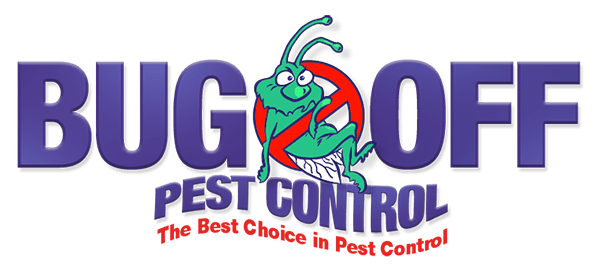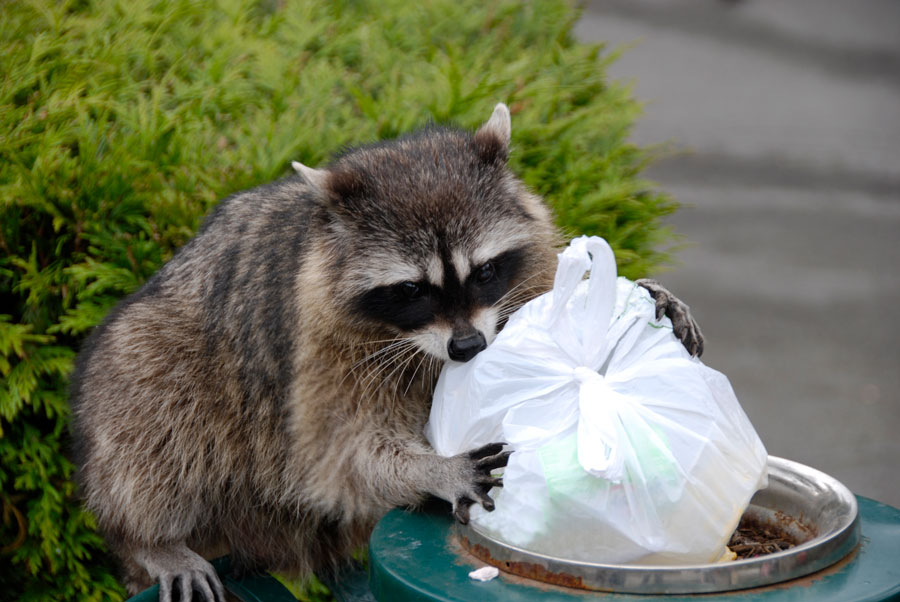Discovering raccoon activity in your attic can be alarming. These nocturnal mammals tear insulation, chew wiring, and spread disease if left unchecked. Acting quickly with the right steps can protect your home, your family’s health, and your peace of mind. Follow this expert guide to spot early warning signs, secure your property, and arrange professional raccoon pest control before small problems become costly repairs.
Monitor Attic Noises Immediately
Raccoons are most active at night. Listen for these telltale sounds:
At dusk and after midnight, pause near attic access points and interior walls. Scratching, thumping, or scurrying noises often indicate animals moving insulation or foraging for nesting material. Early detection helps you address the issue before structural damage or mold from exposed insulation compounds the problem.
Inspect for Entry Points and Damage
Locate and document how raccoons are gaining access:
- Gaps or torn vents around roof soffits and gable ends
- Chewed holes around attic vents, plumbing stacks, or electrical wiring
- Loose roof shingles or damaged flashing along roofline
- Frayed insulation and shredded nesting materials in attic corners
- Droppings, tracks, or greasy smudge marks along beams and rafters
Conduct a daytime exterior walkaround, then a nighttime inspection inside. Photograph any holes or damage to share with your pest control professional, ensuring they can plan an effective exclusion strategy.
Evaluate Health and Safety Risks
Assess potential hazards before entering affected areas:
- Droppings and urine can carry parasites like roundworm and leptospirosis
- Chewed wiring poses a fire risk from exposed conductors
- Damaged insulation reduces energy efficiency and increases heating costs
- Entry holes can admit rain, leading to mold and wood rot
- Aggressive mother raccoons may protect kits and lash out if threatened
Wear protective gear—respirator mask, gloves, and coveralls—when inspecting soiled spaces. Limit time in contaminated areas to minimize health risks and prevent spread of contaminants throughout your home.
Secure Your Home Quickly
Temporarily block access while you arrange a removal plan:
Contact a hardware store for sturdy steel mesh or hardware cloth to cover holes larger than one inch. Use heavy-duty staples or masonry screws to fasten materials over damaged vents. Install one-way exclusion doors on attic vents—these allow raccoons to exit but not re-enter. Keep pets and children away from work areas until professional technicians take over.
View this post on Instagram
Schedule Humane Raccoon Pest Control Today
Don’t wait—raccoons reproduce rapidly, and delays can lead to multiple litters sharing your attic. Professional raccoon pest control experts will:
- Conduct a thorough inspection to locate all entry points and nesting areas
- Humanely trap adult raccoons and relocate them per local regulations
- Seal and repair gaps, vents, and roof damage to prevent re-entry
- Sanitize and deodorize affected areas to remove disease-causing pathogens
- Provide follow-up visits to ensure no new activity and maintain attic integrity
With a certified, insured team handling removal, you avoid the guesswork, protect your investment, and restore safety to your home. Call Bug Off Pest Control now for a fast, humane solution that stops damage before it spreads.

